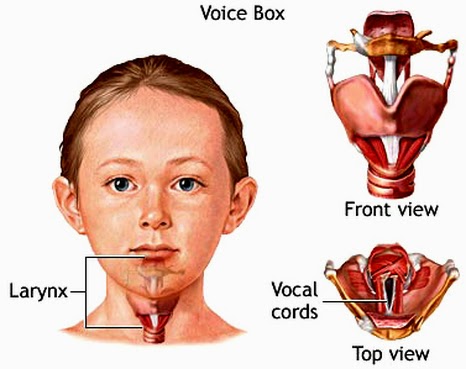Our sense of smell helps us enjoy life. We delight in the aromas of our favorite foods or the fragrance of flowers. Our sense of smell also is a warning system, alerting us to danger signals such as a gas leak, spoiled food, or a fire. Any loss in our sense of smell can have a negative effect on our quality of life. It also can be a sign of more serious health problems.
Causes of Anosmia
Nasal congestion from a cold, allergy, sinus infection, or poor air quality is the most common cause of anosmia.
Other anosmia causes include:
- Nasal polyps
- Injury to the nose and smell nerves from surgery or head trauma.
- Exposure to toxic chemicals, such as pesticides or solvents.
- Certain medications, including antibiotics, antidepressants, anti-inflammatory medication, heart medications, and others.
- Cocaine abuse.
- Old age. Like vision and hearing, your sense of smell can become weaker as you age. In fact, one's sense of smell is most keen between the ages of 30 and 60 and begins to decline after age 60.
- Certain medical conditions, such as Alzheimer's disease, Parkinson's disease, multiple sclerosis, nutritional deficiencies, congenital conditions, and hormonal disturbances.
- Radiation treatment of head and neck cancers.
It is important to identify and treat the underlying cause of a potential smell disorder. An accurate assessment of a smell disorder will include, among other things,
If nasal congestion from a cold or allergy is the cause of anosmia, treatment is usually not needed, and the problem will resolve automatically. Short-term use of decongestants may help free the nasal passages..
If a polyp or growth is present, surgery may be needed to remove the obstruction and regain your sense of smell.
- a physical examination of the ears, nose, and throat
- a review of your health history, such as exposure to toxic chemicals or injury, and
- a smell test
- a CT scan may be necessary for further information
If nasal congestion from a cold or allergy is the cause of anosmia, treatment is usually not needed, and the problem will resolve automatically. Short-term use of decongestants may help free the nasal passages..
If a polyp or growth is present, surgery may be needed to remove the obstruction and regain your sense of smell.
Unfortunately, anosmia is not always treatable, especially if age is the cause.
Smoking can dull your senses, including the sense of smell. So smoking cessation is a key step to regain your sense of smell.
Smoking can dull your senses, including the sense of smell. So smoking cessation is a key step to regain your sense of smell.
Corticosteroids may also improve the olfaction if deemed necessary.







































